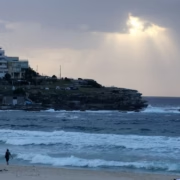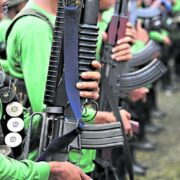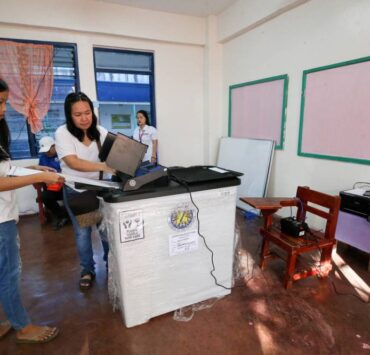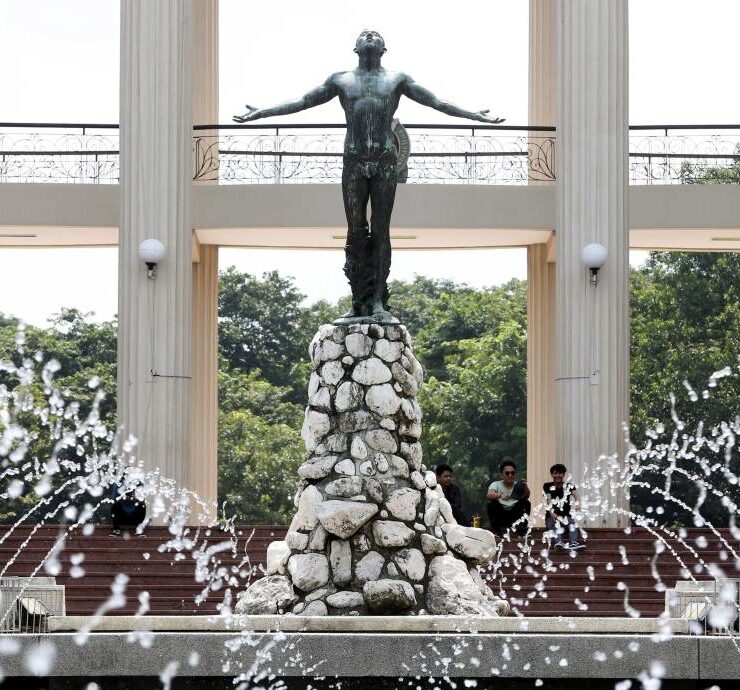Resupply trip to Ayungin smooth, but research off Pag-asa harassed
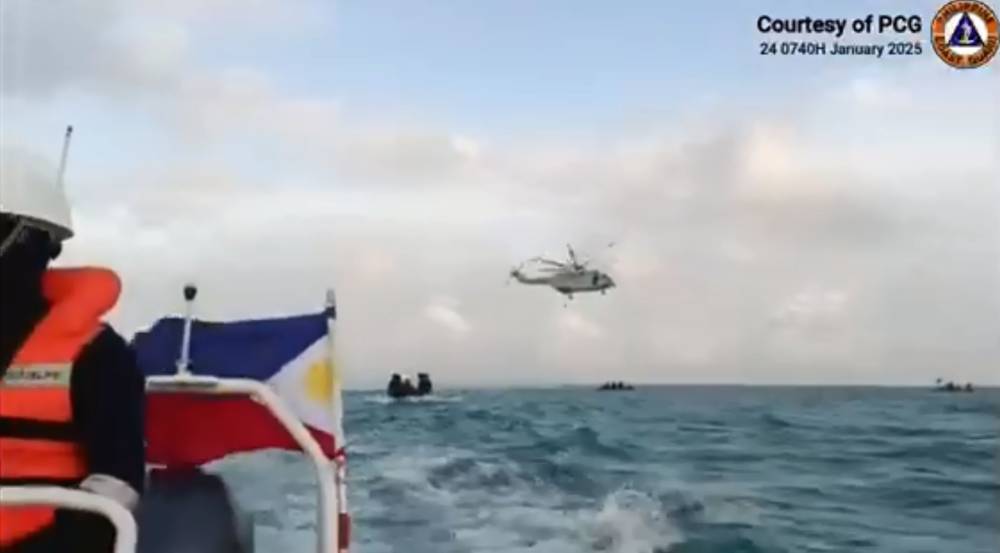
The Philippines encountered two contrasting responses from China to its military and civilian activities on Friday: a resupply mission at Ayungin (Second Thomas) Shoal went without incident while a scientific research operation off Pag-asa (Tithu) Island experienced harassment, prompting Manila to call it off.
The rotation and resupply (Rore) mission to troops stationed at the BRP Sierra Madre at Ayungin in the West Philippine Sea (WPS) was conducted on Friday without harassment from China, according to the Armed Forces of the Philippines.
This is the first Rore mission to troops at Ayungin this year after the Philippine Navy brought supplies and gifts to Filipino troops stationed at remote outposts in the WPS in December last year.
A photo shared by the AFP showed the MV Lapu-Lapu docked alongside BRP Sierra Madre during the Rore mission.
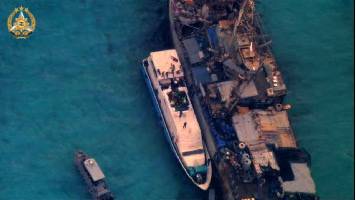
“The AFP, together with the PCG (Philippine Coast Guard), will continue to provide full support to our personnel, ensuring that they are equipped, cared for, and prepared to fulfill their duties in defending our national interests, especially in the West Philippine Sea,” Col. Xerxes Trinidad, chief of the AFP public affairs office, said.
Ayungin, which is about 200 kilometers from Palawan province, has been a flash point in the simmering dispute between Manila and Beijing in the disputed South China Sea.
There were also no untoward incidents during previous resupply missions to Ayungin last year, after Manila and Beijing reached a “provisional understanding.” This month’s resupply mission was the fifth since the two countries reached an agreement.
The uneventful missions to Ayungin were far from the violent clashes between Filipino and Chinese forces at the shoal during past resupply missions that had involved the use of deadly weapons and resulted in the injury of a Philippine Navy sailor in June.
Aggressive maneuvers
The Rore mission’s experience was in contrast to what the Bureau of Fisheries and Aquatic Resources (BFAR) conducting scientific research at sandbars off the Philippine-occupied Pag-asa Island experienced on Friday when China Coast Guard (CCG) ships and a Chinese helicopter harassed their vessels prompting Manila to suspend the operation.
Commodore Jay Tarriela, the Philippine Coast Guard (PCG) spokesperson for the WPS, said on Saturday the BRP Datu Pagbuaya and BRP Datu Bankaw encountered “aggressive maneuvers” from three CCG vessels 4106, 5103 and 4202, “which exhibited blatant disregard” for the Convention on the International Regulations for Preventing Collisions at Sea.
A video released by the PCG showed CCG 4106 maneuvering very close to a BFAR vessel on its way to the sandbar.
The CCG, he added, also deployed four small boats to harass the two BFAR’s rigid hull inflatable boats (RHIBs) that were transporting personnel to the Sandy Cays.
According to Tarriela, a People’s Liberation Army-Navy helicopter with tail number 24 also hovered at an “unsafe altitude” above the BFAR RHIBs, “creating hazardous conditions due to the propeller wash.”
He said the Chinese told the Philippine vessels “to leave the area and that they have total jurisdiction over these waters.”
“We have to deal with them professionally, we should not be instigated. And this kind of bullying should not result [in] an escalatory response on the part of the Philippine government,“ Tarriela said.
“So, what we’re doing is we document all of these bullying and aggressive actions of the People’s Republic of China, we also publicize this for the Filipino people and the international community to learn about such unlawful activities of the People’s Republic of China,” he added.
Sandy Cays 2 and 3, which were the destinations of the Philippine vessels conducting research, are about 3 km from Pag-asa, home to 389 Filipinos.
Another diplomatic protest
Tarriela said no Filipino was injured from the incident but he pointed out that “what is obvious here is that China does not respect our rights.”
He added that the BFAR and the PCG suspended their survey operations and were unable to collect sand samples at Sandy Cays due to the harassment.
At the same briefing with Tarriela, Foreign Undersecretary Eduardo Jose de Vega said the Philippines is expected to file another diplomatic protest on the latest Chinese harassment off Pag-asa.
“It shows to the international community that we have not abandoned our rights. It’s not just a matter of telling China not to do it, but always asserting our sovereign rights because if you suddenly stop doing it and then it takes a long time, it could be interpreted to mean we are weakening in our position,” De Vega said.
In March last year, a Chinese chopper also harassed Filipino vessels doing scientific marine surveys at a sandbar off Pag-asa.
Tarriela said the Philippines conducts quarterly marine scientific surveys, “some of which are used for research management investigation” and other scientific purposes.
‘Without permission’
Manila and Beijing have had a series of escalating confrontations in disputed waters of the South China Sea. China claims almost all the strategic waterway—through which $3 trillion in commerce moves annually—overlapping sovereignty claims by the Philippines, Indonesia, Malaysia and Vietnam.
In a statement, the CCG said China has “indisputable sovereignty” over the Spratly Islands, including Sandy Cay—which China calls Tiexian Reef—and that it had intercepted two Philippine vessels and driven them away in accordance with law.
The CCG said the Philippine vessels had entered waters near Tiexian Reef without permission and attempted to “illegally” land on the reef to collect sand samples.
Manila and Beijing agreed during a round of talks on Jan. 16 to seek common ground and find ways to cooperate despite their disagreements over the territorial claims.
An international arbitration tribunal ruled in 2016 that China’s claims, based on its historic maps, have no basis under international law, a decision Beijing does not recognize. —WITH A REPORT FROM REUTERS










